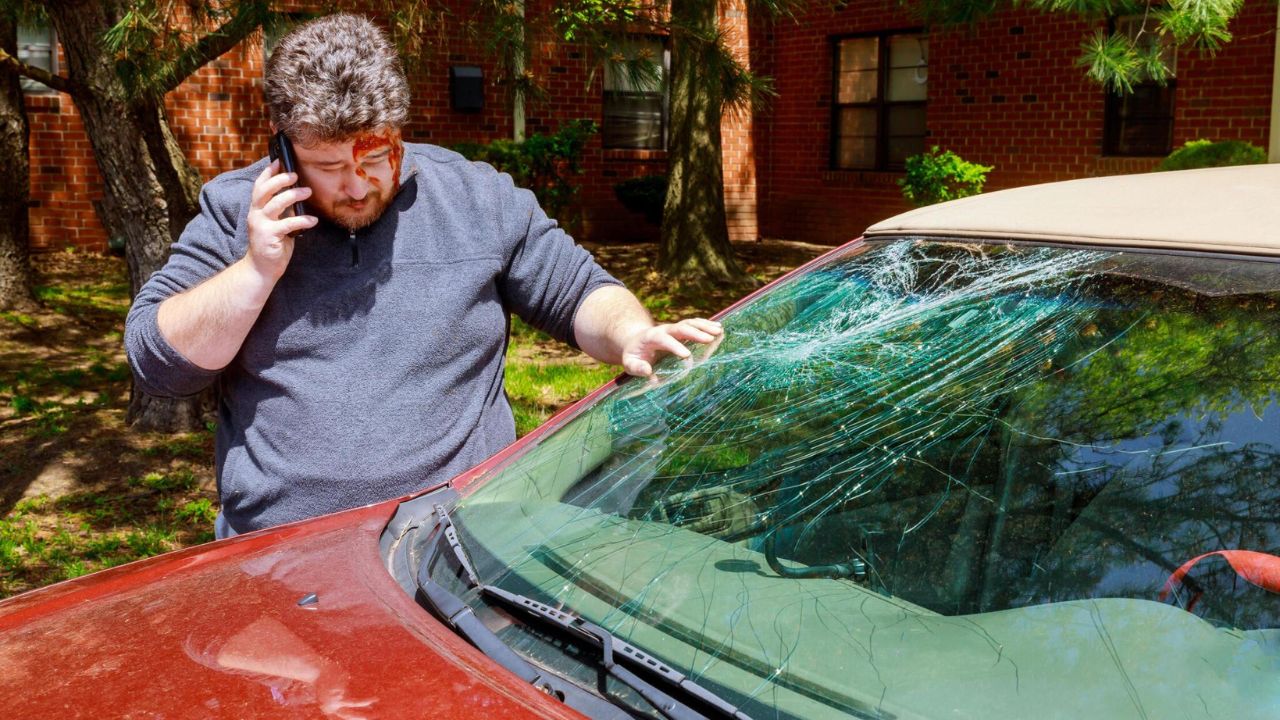It’s been said that prevention is better than treatment. The same holds true for criminal activity. By taking some proactive steps, we can all help reduce crime in Texas.
Tips To Reduce Crimes in Texas
There are several things that Texas can do to reduce the amount of crime within its borders. Some of these steps may seem obvious, while others may be more creative. Here are some tips:
- Get to know your neighbors and look out for each other. Please report any questionable activity.
- Be a good role model for kids in your community. Show them that there are better ways to resolve conflicts than violence.
- Please support your local law enforcement forces. They are working hard to keep our communities safe.
- Talk to your kids about the dangers of drugs and alcohol and why they should stay away from them.
- Increase Funding for Law Enforcement and Crime Prevention Programs. This is perhaps the most obvious step that Texas can take to reduce crime. By increasing funding for law enforcement agencies and programs like community policing, the state can help ensure that more resources are available to combat corruption.
Additionally, this increased funding can also be used to provide training and support for law enforcement officers to do their jobs more. The Barber Law Firm can help you to decrease crime.
- One reason why people turn to crime is that they feel like they have no other options available to them. By improving economic opportunity in high-crime areas, Texas can provide people with legitimate alternatives to a life of crime.
What is the Most Effective Way to Reduce Crime?
The most effective way to reduce crime is by increasing the number of police officers on the streets. This will help to deter criminals from committing crimes and will also allow for more rapid response times to offenses that do occur. Additionally, increasing the amount of lighting in public areas can also help to reduce crime rates, as it makes it more difficult for criminals to operate undetected.
Finally, working with community groups to create programs that provide opportunities for at-risk youth can help to keep them from turning to a life of crime.
Different Types of Crime Prevention
There are four types of crime prevention: primary, secondary, tertiary, and quaternary. Primary crime prevention is when you work to prevent someone from becoming a criminal in the first place. This can be done through public education and awareness campaigns that teach people about the risks and consequences of criminal activity.
It can also include after-school programs and job training that provide positive alternatives for at-risk youth. Secondary crime prevention is when you work to deter criminals from committing crimes. This can be done through things like increasing the visibility of police officers in high-crime areas or installing security cameras in public places.
It can also include making it more difficult for criminals to access weapons or targets by implementing security measures such as locks, alarms, and fences. Tertiary crime prevention is when you work to reduce the harm caused by crimes that have already been committed. This can be done through victim assistance programs that help victims recover from their experiences and get back on their feet.
It can alhings like restorative justice programs that bring together victims and offenders to repair the harm caused by the crime. Quaternary crime prevention is when you work to address the underlying social and economic conditions that contribute to crime in our communities. This can be done through poverty reduction initiatives or community development programs that create opportunities for residents of disadvantaged neighborhoods.
Conclusion
To reduce crimes in Texas, police suggest that people should be aware of their surroundings and report suspicious activity to them. They also recommend that people lock their doors and windows at night and install security systems if possible.











































